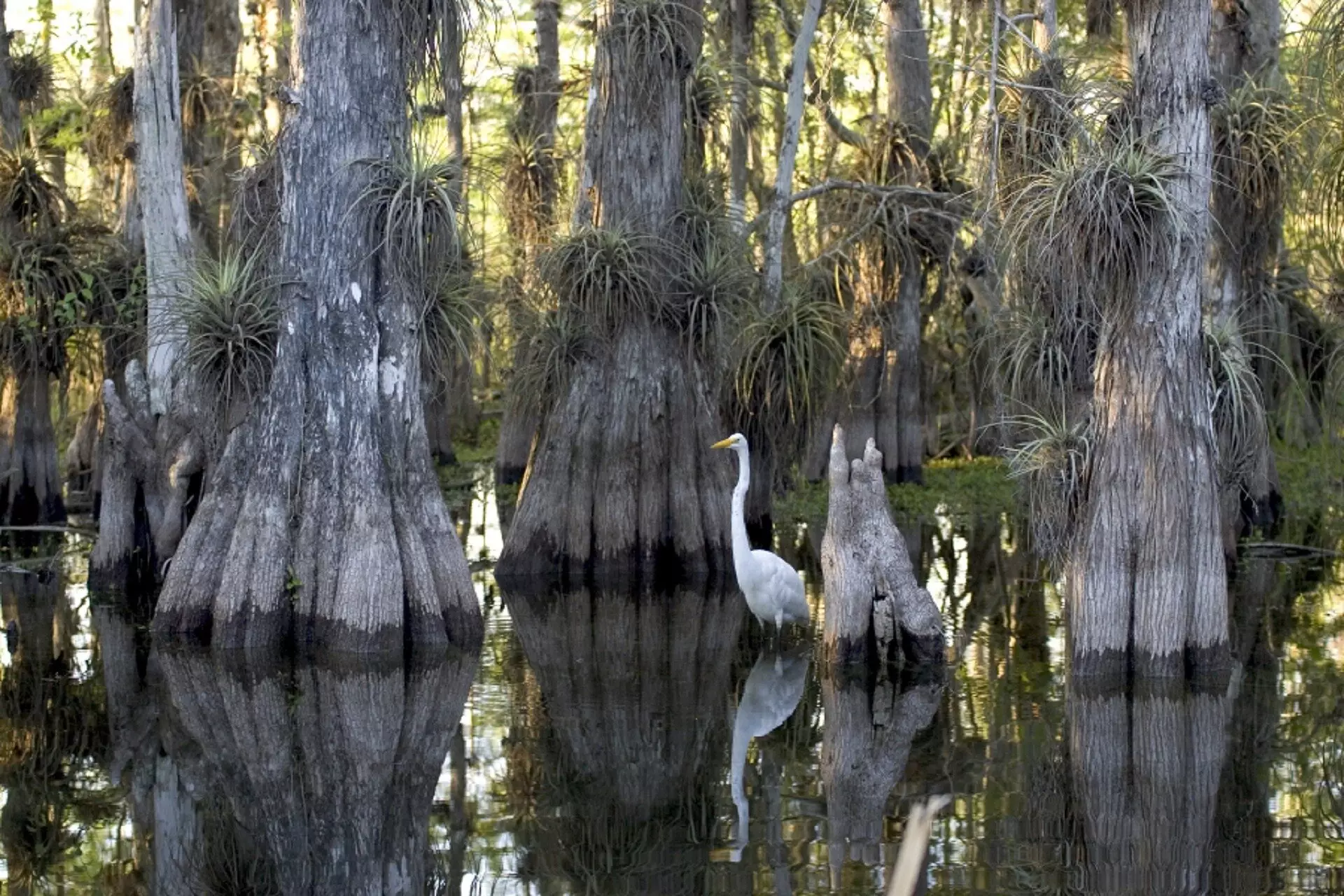A recent study conducted by a team of environmental scientists at the University of Wollongong Faculty of Science, Medicine, and Health’s School of Earth, Atmospheric, and Life Sciences, in collaboration with a researcher from the University of New South Wales, has revealed an intriguing phenomenon: sea level rise is encouraging the expansion of mangrove forests on certain islands of the Great Barrier Reef. This discovery challenges the prevailing belief that rising sea levels lead to the decline of mangroves, which are vital ecosystems that provide numerous benefits to coastal environments. In their research, the scientists implemented a comprehensive approach to assess plant diversity and tree growth on the Howick Islands, uncovering valuable insights that may have implications for global conservation efforts.
As global warming continues, melting ice contributes to the rising levels of the Earth’s oceans, posing a significant threat to coastal regions and low-lying islands vulnerable to flooding. The scientific community has already observed the adverse effects of sea level rise on mangrove forests, which generally flourished along coastal shorelines due to their unique ability to adapt to saline environments. However, when sea levels increase, mangroves are at risk of being inundated and succumbing to drowning. This phenomenon has triggered concerns about the future of these essential ecosystems.
Contrary to prevailing knowledge, the research team discovered a unique exception to the decline of mangroves in the face of rising sea levels. The Howick Islands, part of the Great Barrier Reef, exhibit a different pattern due to their distinctive history. Over twelve thousand years ago, as sea levels surged during the Last Glacier Maximum, coral reefs took advantage of the changing climate and flourished. However, when sea levels receded ten thousand years later, the reefs perished due to dehydration, leaving behind a mixture of salt, dead coral, and ocean sediment with pockets of mangroves clinging to the islands’ edges. With the ongoing rise in sea levels, conditions have improved for the mangroves, subsequently leading to their flourishing growth.
To assess the state of mangroves on the Howick Islands, the scientists employed a combination of innovative techniques. They utilized drones to capture aerial imagery of the islands, providing a comprehensive view of the mangrove forests. Additionally, the team ventured into the forests, walking and wading through the vegetation to gather data on tree characteristics, including height and diversity. To establish a basis of comparison, the researchers compared their findings with data collected from a similar survey conducted in 1973. Through this comprehensive analysis, they discovered that the mangrove forests on the Howick Islands have expanded by an impressive 10,000 metric tons over the past fifty years, displaying a substantial increase in density. This significant change is viewed as positive since mangroves are known for their efficient absorption of carbon dioxide, contributing to climate change mitigation.
Implications for Conservation
The findings of this study have broad implications for global conservation efforts, specifically regarding mangrove preservation. While the overall decline of mangroves due to rising sea levels remains a concern in many regions, the exceptional growth observed on the Howick Islands offers valuable insights. By understanding the factors that contribute to the resilience of mangroves in the face of sea level rise, policymakers and conservationists can develop strategies to ensure the survival of these vital ecosystems. Protecting and restoring mangrove forests can contribute to carbon sequestration, mitigate climate change impacts, and preserve biodiversity in coastal regions.
The discovery of mangrove expansion on the Howick Islands challenges the prevailing belief that rising sea levels lead to the decline of these crucial coastal ecosystems. Through their innovative research techniques, the team of environmental scientists at the University of Wollongong uncovered a unique exception to this trend, revealing the resilience and adaptive capabilities of mangroves in the face of changing environmental conditions. This study provides valuable insights into the factors that contribute to the growth and survival of mangroves and offers opportunities for conservation efforts worldwide. By focusing on the resilience of mangroves, scientists and policymakers can work towards mitigating the adverse effects of rising sea levels and preserving the ecological integrity of coastal regions.


Leave a Reply